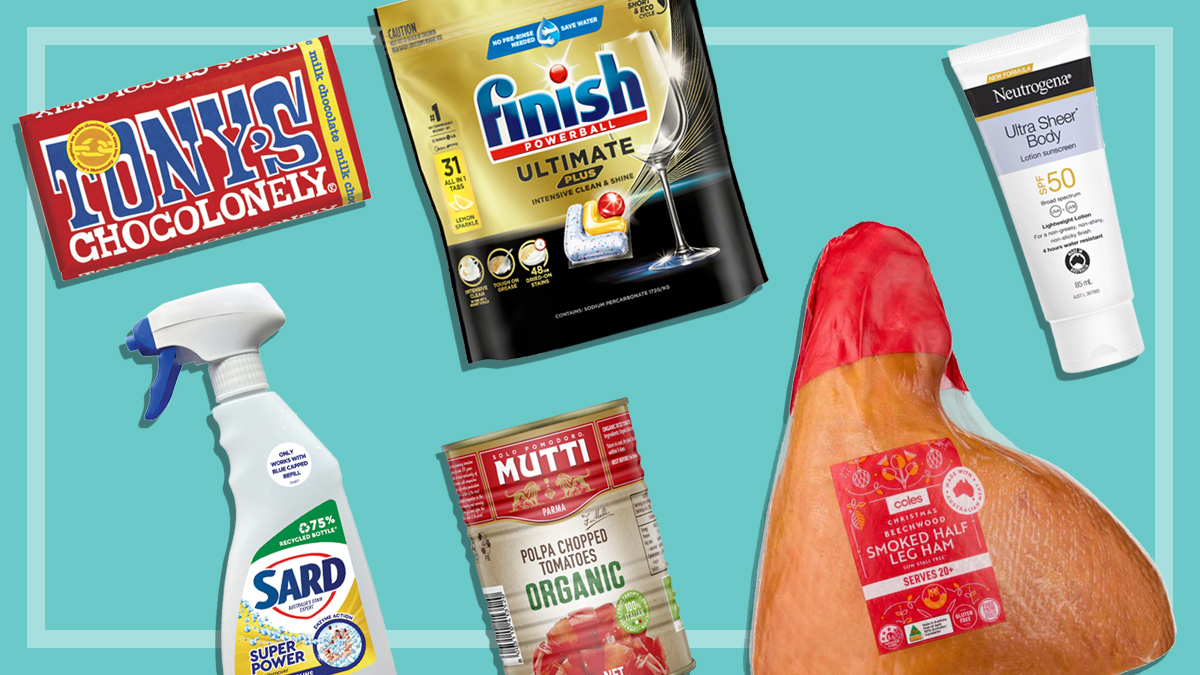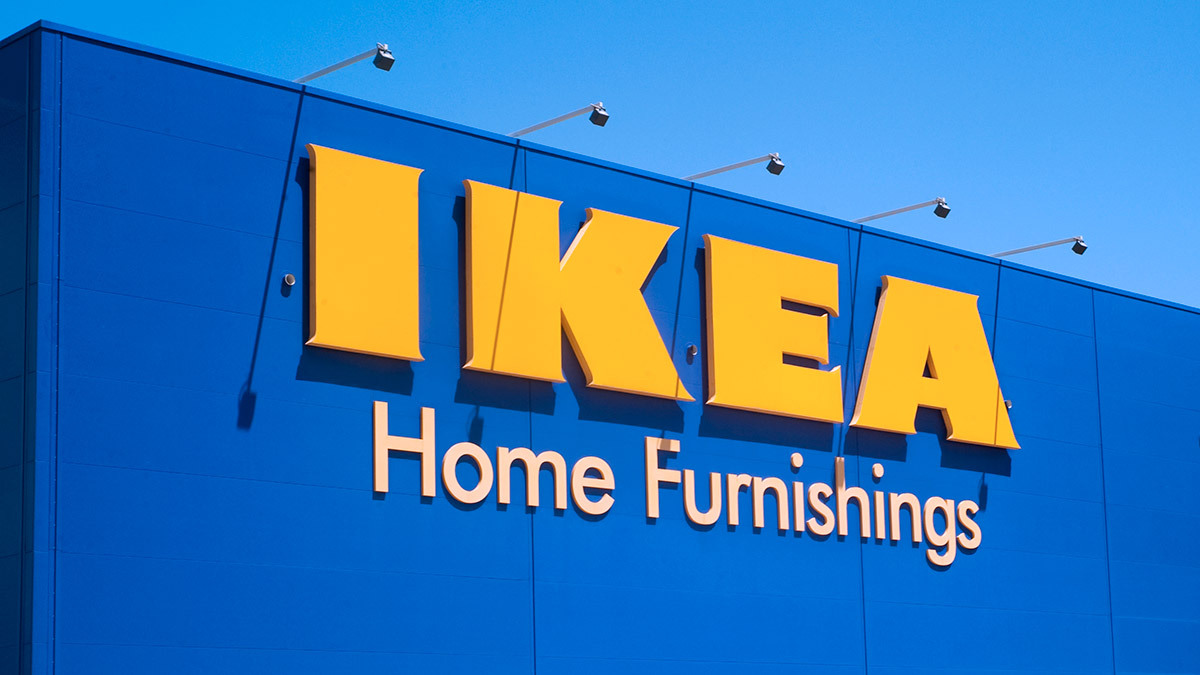Get our independent lab tests, expert reviews and honest advice.
Can you really save money by shopping around?

Need to know
- You can make savings by shopping around, but it isn't always easy to figure out where the bargains are
- Shopping at multiple stores takes more time than just visiting one supermarket but you can reduce this by planning ahead
- Lack of unit pricing in stores that aren't supermarkets can make comparing prices particularly tricky
As Australians continue to struggle with increases in the cost of living, we’re all looking for ways to save money. For many, that means shopping around to find bargains at different stores rather than simply choosing convenience and picking up everything at one of the big supermarkets.
When we asked our CHOICE Community what stores they looked to for savings, there were plenty of suggestions, but The Reject Shop and discount chemist chains were mentioned more than once.
But is splitting your shop across multiple stores worth it? How much can you actually save by shopping around and what are the pros and cons of that approach?
We decided to compare the prices for a list of items across stores to find out how much we could save.

How long does it take?
My usual weekly routine is to visit the supermarket near my home and fill my trolley with the items on my list as quickly as possible, while still paying attention to unit pricing, looking for specials and adjusting my menu based on what’s cheaper or more expensive. With this approach, I can generally get through my weekly shop in less than 45 minutes.
To make comparisons across different stores I needed to change the way I shop. Instead of going to the shopping centre five minutes away I travelled 15 minutes to a larger shopping centre that contained all the stores I wanted to visit.
Rather than the usual 45 minutes or so, this shopping trip took me closer to two hours
Once I arrived, I had to visit each store in turn (The Reject Shop, a discount chemist, Coles, Woolworths and Aldi) and note the prices of different items on my list. Rather than the usual 45 minutes or so, this shopping trip took me closer to two hours.
True, the shops were unfamiliar to me and I imagine if I took this approach more frequently I would be able to find my items a lot faster. I could also have saved time by researching the items I wanted to buy online before I shopped.
Comparisons aren’t always easy
One of the biggest drawbacks to shopping at stores that aren’t supermarkets is the lack of unit pricing. Unit pricing – the cost per kg, 100ml or per item, displayed along with the total price on shelf tags – is only mandated for large supermarkets.
So if you’re shopping at other kinds of stores you won’t be able to reference this information that allows you to compare different pack sizes easily unless they have chosen to show it.
If you’re very good at mental arithmetic, this might not be a problem but if you’re a little more mathematically challenged like me, you might need to use a calculator to figure out where the savings are.
Unit pricing is only mandated for large supermarkets
If you haven’t planned ahead by researching online, you’ll also need to record the differences as you shop. Sure, you can use the camera on your mobile to snap labels, but then you need to actually compare the prices across multiple stores.
Be prepared to take notes unless you have an absolutely phenomenal memory. This also means multiple visits to each shop in order to buy the cheapest product once you’ve made the comparison, something many of us would find frustrating (although, of course, once you discover where the cheapest deals on certain products are to be found, you can visit those stores directly each time armed with your shopping list).

How much can you save?
I recorded the price of 19 cleaning, personal care and pantry items across five different retailers. I chose the items based on feedback from people who responded to a question we posed on our CHOICE Community about where they shopped for bargains.
Where possible, I looked for items of the same brand and the closest pack size so I could make the fairest comparison. When there was no exact product match available, I chose the most similar product to compare based on pack size and basic appearance.
I could have saved around $39 on the basket of goods by shopping between the stores
Not all items were available at every store – I was only able to find seven of the items at the chemist and 11 at Aldi. By calculating the price difference between the worst and best value options, we estimate I could have saved around $39 on the basket of goods by shopping between the stores.
Which stores were the cheapest?
As for which store was cheaper overall, there was no clear winner. The Reject Shop was cheaper by unit price for the brands of instant coffee, biscuits, deodorant, shampoo and conditioner, dishwashing liquid and dishwasher tablets we looked at. They also had the best deal on multipurpose cleaners and laundry powder.
Coles offered the best value for instant noodles and tissues and Woolies was best for disinfectant wipes. Aldi was the cheapest for chips, crackers, bandaids, headache tablets, handwash, cling film and penne pasta.
The prices we found at the discount chemist, while initially appearing to be reasonable value, didn’t stack up once we calculated the unit price.
Which stores were cheapest?
Best value for products on our shopping list
The Reject Shop was best value for:
Instant coffee
Biscuits
Deodorant
Shampoo
Conditioner
Dishwashing liquid
Dishwasher tablets
Multipurpose cleaner
Aldi was best value for:
Crackers
Bandaids
Headache tablets
Handwash
Cling film
Penne pasta
Coles was best value for:
Instant noodles
Tissues
Woolworths was best value for:
Disinfectant wipes
Snapshot based on the unit price of 19 selected products available on the day we shopped. Where possible, we compared the same brand and the closest pack size of each item on our list to make the fairest comparison. When there was no exact product match available we chose the nearest equivalent based on pack size and product appearance.
Total savings based on the cheapest vs most expensive products.
Was it worth it?
Maybe. There are pros and cons to shopping this way.
Pros:
- There are bargains to be had. For example, we found Nescafe instant coffee at The Reject Shop for $8 for a 180g jar, while at Coles the same blend was $11.50 for 150g.
- It can make you more discerning. We’re all guilty of shopping on autopilot sometimes, and it can add to your bill. Making the effort to carefully take note of prices made me much more thoughtful about the choices I made.
- It’s easier if you live near a big shopping centre. I’m lucky to live fairly close to a shopping centre where all the stores I wanted to compare can be found. This made it relatively easy to shop around, but this wouldn’t be the case for everyone.
- Online research and apps can save you time. While I went the old-fashioned route of investigating the options instore, doing some online research before you head to the shops would save time. There are even apps such as Frugl and WiseList that can help make the research even easier.
Cons
- It was time-consuming. Rather than my usual quick run through a store where I was broadly familiar with the range and the layout, every store was a new experience.
- Comparing brands and sizes can be tricky. Are they really the same? Where they were available at different shops I compared the same brands but this wasn’t always possible.
- Pricing was difficult to compare. It wasn’t just the different brands and sizes of products that made it complicated, the lack of unit pricing made it difficult to identify the best value products in the Reject Shop and the discount chemist. We know from our research that without unit pricing information, fewer people can tell which is the best value product and it certainly took more work for us to figure out where the bargains were.
Our verdict: Is it worth it?
While there are definitely savings to be had from shopping this way I probably won’t be doing it again, simply because I tend to choose convenience over savings.
However, if you are someone who is motivated to cut your spending, you enjoy the thrill of bargain hunting and you don’t mind taking the time to investigate the options, it could be a good way for you to cut more from your grocery spend.
Cling wrap (60m or nearest)
Chips (175g or nearest plain salted option)
Crackers (225g or closest Jatz or Savoy brand)
Instant coffee (250g or closest Nescafe Blend 43)
Pasta (500g penne)
Instant noodles (Maggi Chicken noodle 60g)
Biscuits (130g or closest Oreos)
Dishwashing liquid (Morning Fresh)
Dishwasher tablets (50pk Finish Quantum Ultimate Powerball)
Laundry detergent (Fab powder 2kg)
Disinfectant wipes (Antibacterial – largest pack size available)
Multipurpose spray (Ajax Spray n Wipe 500ml)
Hand wash (Palmolive 250ml)
Shampoo and conditioner (Sunsilk)
Tissues (Sorbent Thick and Large 95pk or closest)
Toothpaste (Colgate Triple Action 160g or closest)
Bandaids (largest pack size available)
Panadol (20 pack regular or similar)
Deodorant (Rexona women’s roll-on 50ml)





